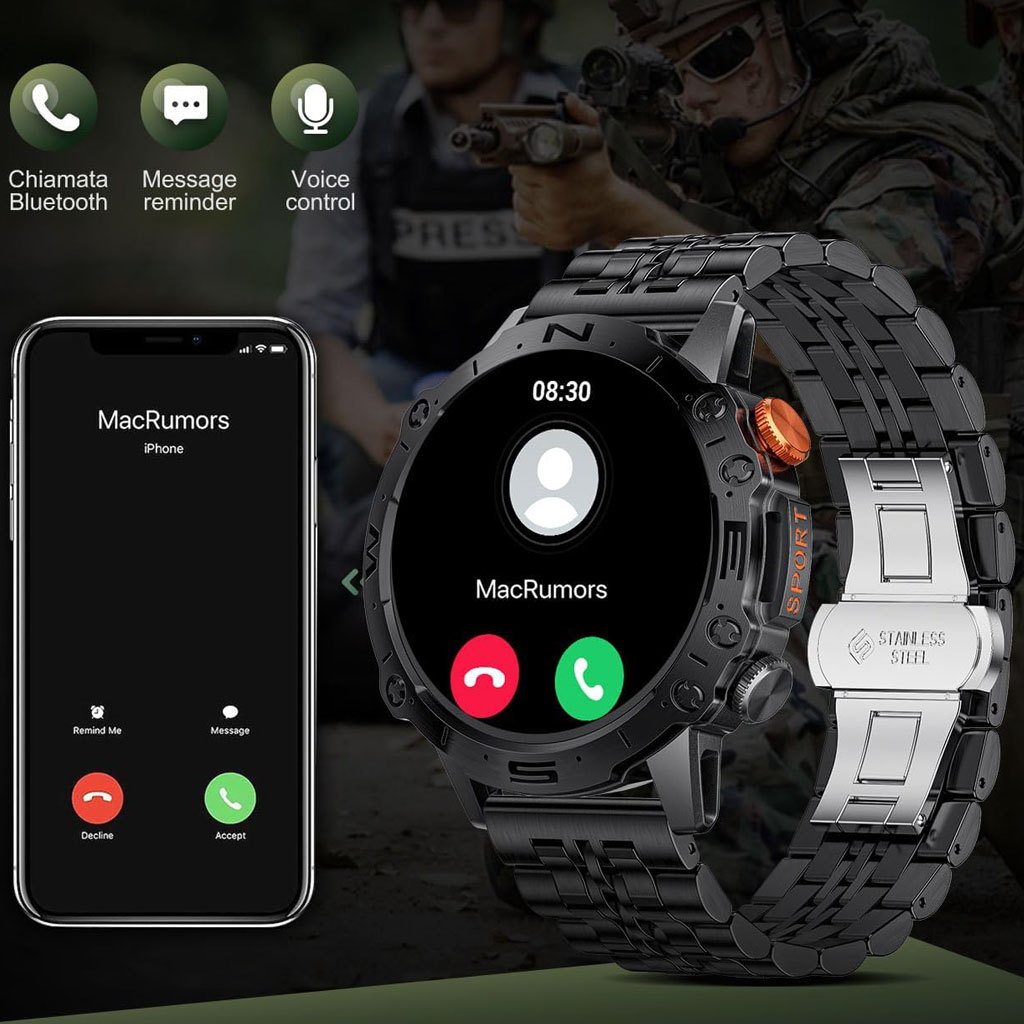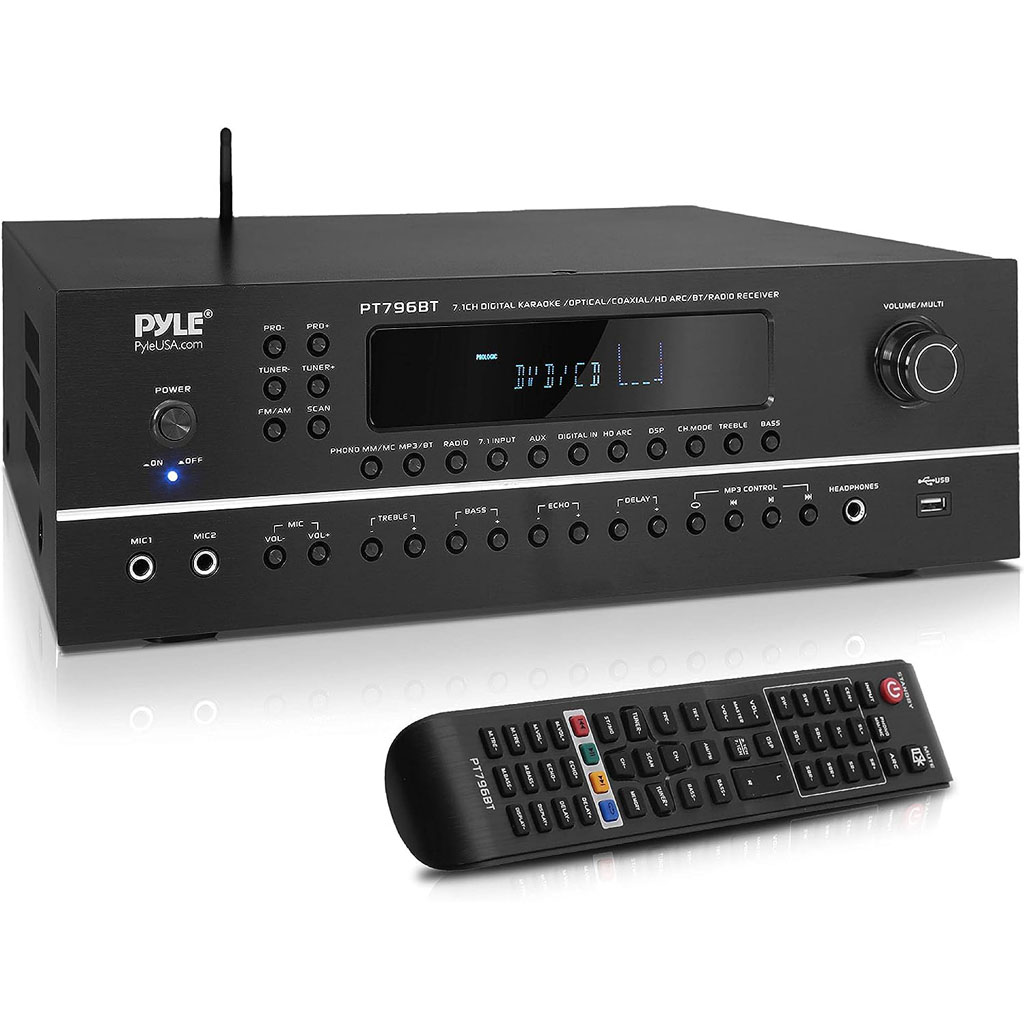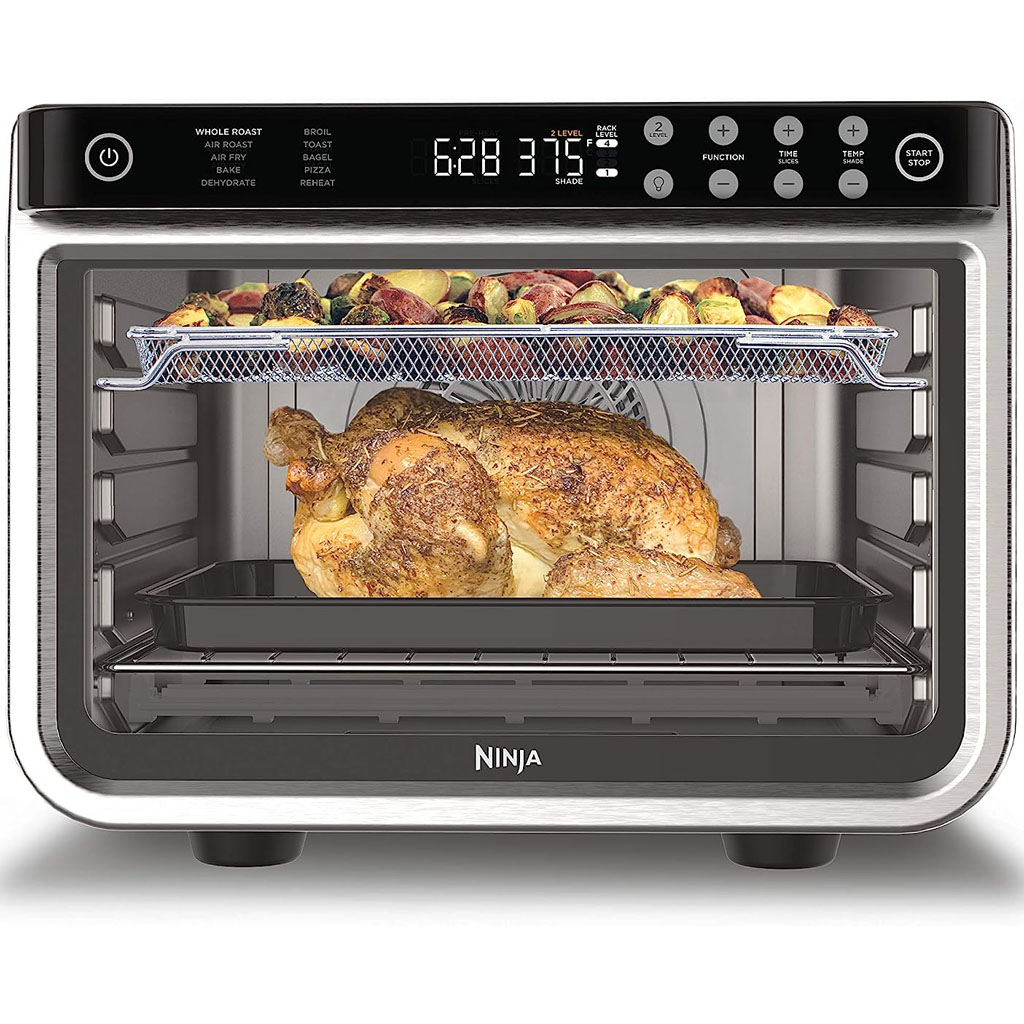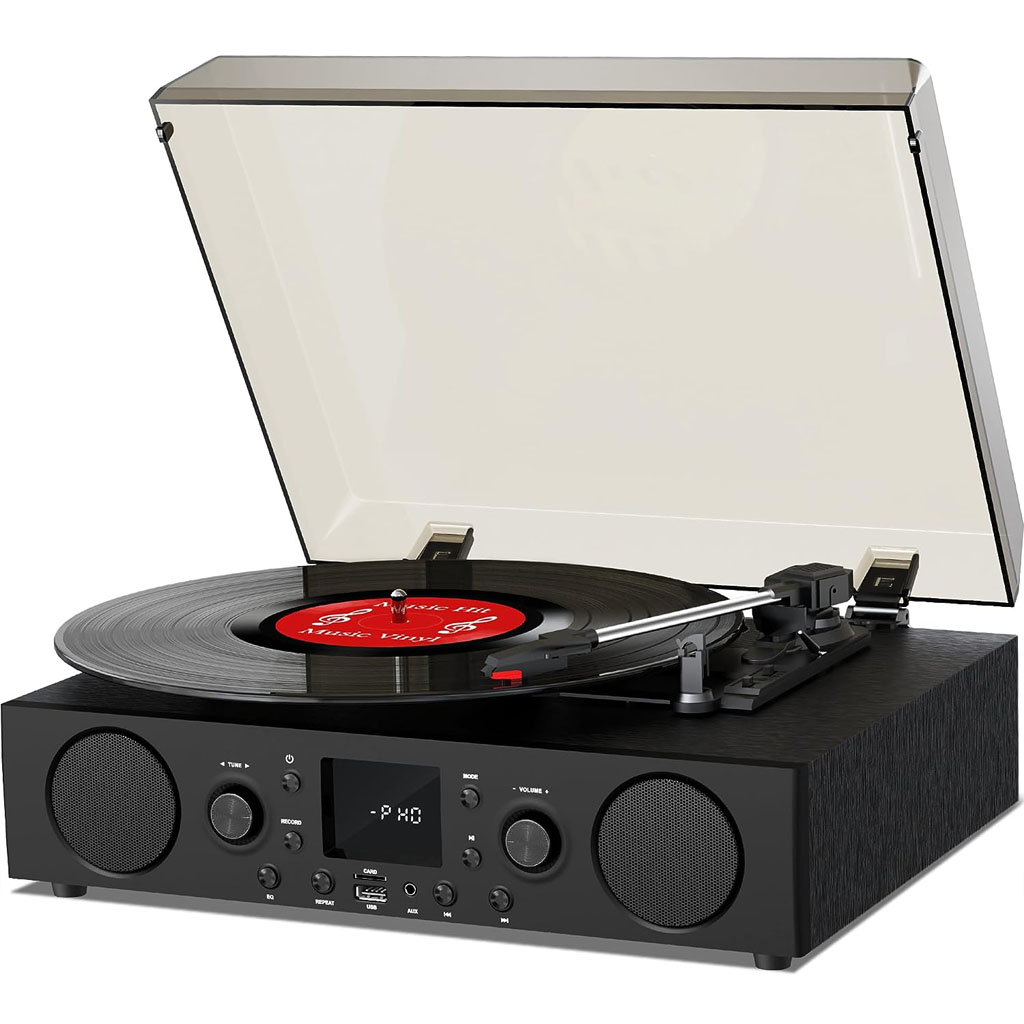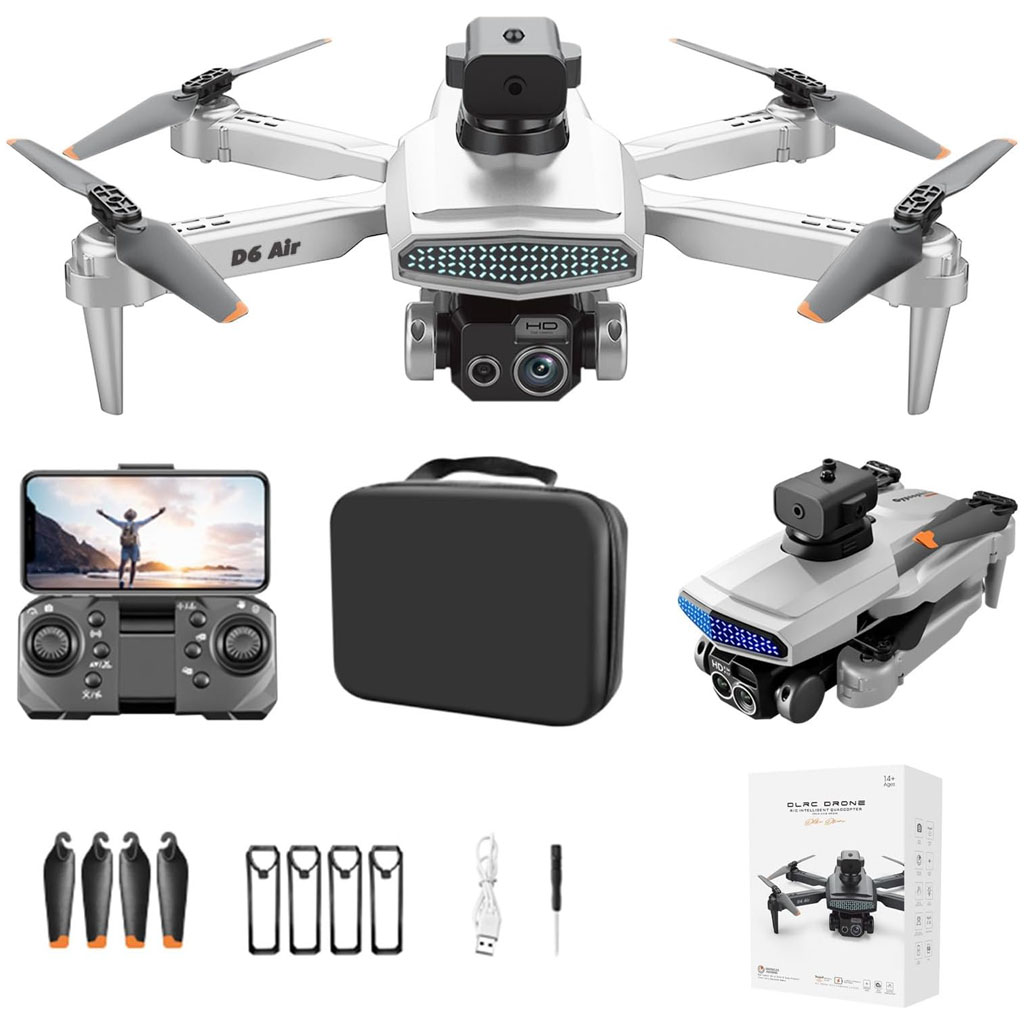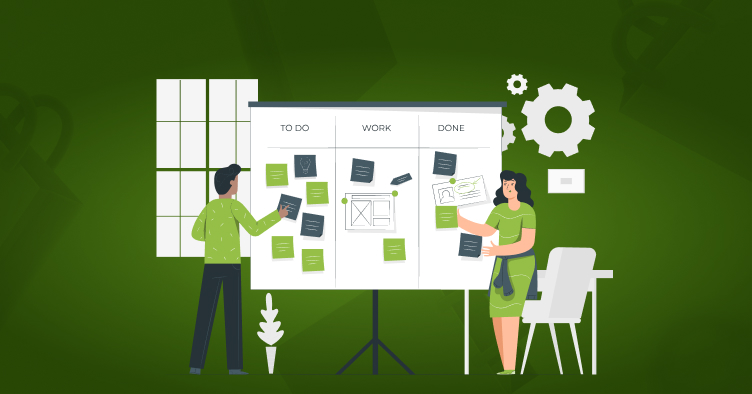
Last Updated | June 27, 2023
Uncover the hidden potential of your e-commerce business with Shopify Flow Triggers! This powerful automation help you manage your online store more efficiently, saving you time and reducing the risk of manual errors. Whether you want to tag high-value customers, monitor inventory levels, or schedule sales events, Shopify Flow Triggers got you covered!
What is a Shopify Flow Triggers?
A Shopify Flow trigger is a specific event or condition that starts a workflow in Shopify Flow. This could be an action like a new order being placed, a product’s stock reaching a certain level, or a customer tagging a product. When the trigger condition is met, the workflow’s actions will start to execute.
Shopify Flow Trigger Examples:
Here are a few examples of the types of flows that can be created using Shopify:
- Abandoned cart flow: This flow will automatically send an email to customers who have added items to their cart but have not completed their purchase.
- Order confirmation flow: This flow will automatically send an email to customers confirming their order and providing them with tracking information.
- Stock notification flow: This flow will automatically send an email to customers when a product they’ve expressed interest in is back in stock.
- Back in Stock notifications: This flow sends an email to customers who have subscribed to be notified when a product is back in stock.
- Customer review request: This flow sends an automated email to a customer asking for a product review after a certain period of time from the purchase date.
- Order fulfillment flow: This flow will automatically send an email to the customer when the order is fulfilled and shipped.
- Shopify flows can be created and managed using the Shopify Flow app, available in the Shopify App Store. This app allows you to create new flows, edit existing ones, and view the performance of your flows.
- Customer Management Flows Automate processes related to customer management, like tagging VIP customers, notifying the customer success team about high-value customers, or automatically adding customers who’ve made multiple purchases to a loyalty program.
- Order Management Flows: Create workflows to simplify the process of handling orders. For instance, you can set up a flow to automatically capture payments when an order is marked as fulfilled, or automatically send restock requests to vendors when order volume is high.
- Inventory Management Flows: These flows are useful for managing stock levels. You can automatically hide out-of-stock products, send notifications when inventory levels drop below a certain threshold, or even automatically order from suppliers when inventory is low.
- Risk Management Flows: Manage potential risk by setting up flows that tag orders with a high risk of fraud or notify the team to manually review suspicious orders.
- Product Management Flows: Set up workflows that tag products based on their properties, like size, color, or type, or automatically discount products when they’ve been in inventory for too long.
- Marketing Flows: You can create flows that trigger specific marketing actions, like sending an email to a customer who left items in their cart, or automatically creating discount codes for customers who haven’t made a purchase in a while.
- Reporting Flows: Generate regular reports for specific data and send them to your email or a chosen destination.
Read Also Fully automated Shopify Store
How to Build a Shopify Trigger or Action
You can build a Flow trigger or action extension for your app in the Partner Dashboard.
In your Partner Dashboard, open the Shopify Flow app extension:
1- Click Apps and then open your test app.
2- Click Extensions and then click Flow.
3- Click Add a trigger to your app.
4- Click Add action to add an action to your app.
5- Click Configure webhook to notify your app when your triggers are in use.
It’s also possible to create custom flows using Shopify’s API and developer documentation. This will require a developer’s knowledge, but it’s a good option if you can’t find a flow that meets your needs in the Shopify Flow app.
Read Also Shopify EDI Integration
Shopify Streamliners: How Automating Your Workflow with Flow Triggers
The following table describes the various ways you can automate your Shopify workflow using flow triggers.
| Workflow Phase | Flow Trigger | Benefits | Example |
| Order Management | Order creation trigger | Automate processing orders to save time and improve efficiency | Automatically send an email to your distribution center when a new order is created. |
| Inventory Management | Product inventory trigger | Helps in managing stock effectively and alerting you when inventory is low | When a product’s stock reaches a certain threshold, an automatic reorder is triggered. |
| Customer Service | Customer tag trigger | Provides a way to segment customers and target specific groups for promotions or support | If a customer is tagged as a ‘VIP’, trigger an automatic welcome email with special offers. |
| Risk Management | Fraud analysis trigger | Keeps your store safe from fraudulent orders | If an order is determined as high-risk by Shopify’s fraud analysis, trigger an automatic cancellation and refund. |
| Marketing and Sales | Abandoned checkout trigger | Boosts sales by encouraging potential customers to complete their purchase | When checkout is abandoned, trigger an automated email reminder with a discount offer to incentivize purchase completion. |
Please note that the exact specifics of these triggers can vary based on the Shopify development plan you’re using and any additional applications or plugins that you’ve integrated into your Shopify store.
Read Also How to Build a High Converting Shopify Store
Conclusion About Shopify Flow Triggers:
In conclusion, as the realm of eCommerce expands and evolves, Shopify Flows is lighting the path towards a future full of potential, simplifying complex processes, and amplifying productivity. It’s time to embrace these advancements and give your business a competitive edge. Seize the day, and unleash the power of automation, personalization, and optimization in your business operations.
Boost Your Shopify Store’s Performance Today! Supercharge Sales with Our Expert Shopify Speed Optimization Services
The future of eCommerce isn’t simply on the horizon; with Shopify Flows, it’s already at your fingertips. It’s time to transform your business, transcends the traditional boundaries, and flow towards a profitable and sustainable future in the eCommerce landscape. Will you ride the tide of change or be left adrift? The choice is yours, but the future waits for no one.
Unlock your e-commerce potential with our expert Shopify development company. Take your online business to new heights. Hire us today and watch your sales soar!
FAQs About Shopify Flow Triggers:
Can I have multiple triggers in a single workflow?
No, each workflow can only have one trigger. However, you can create multiple workflows each with its own trigger. It’s also possible to set up multiple conditions and actions for each trigger, allowing you to create complex workflows that react to a wide variety of situations.
Read Also How to Integrate REACT App in Shopify
Can I customize my triggers in Shopify Flow?
Yes, you can customize your triggers in Shopify Flow. You can set specific conditions that need to be met for each trigger, allowing you to fine-tune when your workflows are activated. For example, you could set a trigger to activate only when a certain product is purchased, or when an order exceeds a specific value.
Seamlessly migrate your business to Shopify and unlock endless growth possibilities. Choose the experts at Folio3 for a hassle-free and efficient migration experience. Start your Shopify journey today!
Source: https://ecommerce.folio3.com/blog/shopify-flow-triggers/

